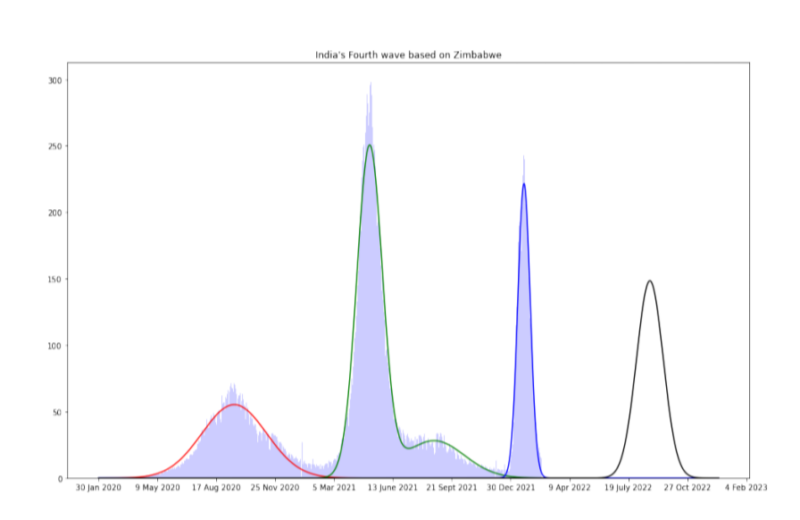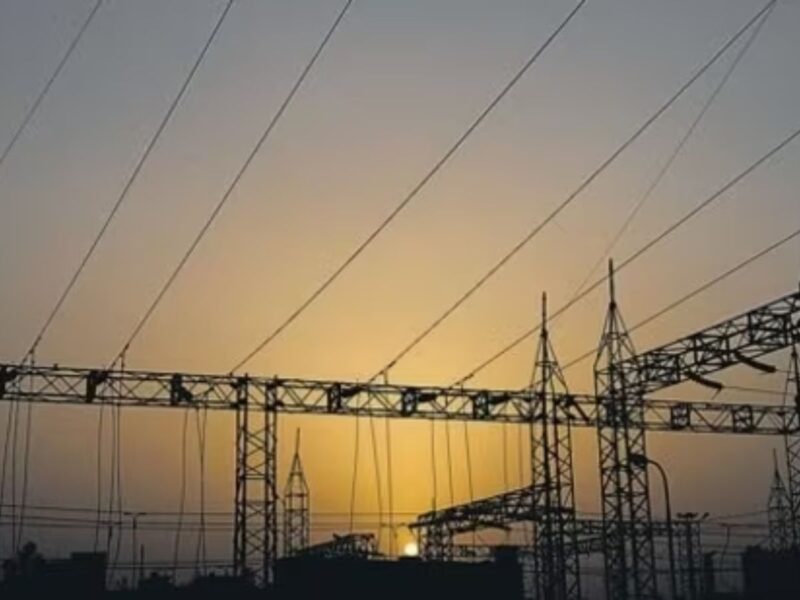The national capital has finally returned to a semblance of normalcy as Delhi Disaster Management Authority (DDMA) removed all the imposed restrictions, though memories of casualties and lockdown are still fresh. The streets are buzzing with people, roaming around enjoying the cool weather, spending time with family and doing all activities which they haven’t done for a long period.
The previous waves of Covid had a huge impact on the economic activity of the capital as well. Restaurants, traders, movie theatres, banquet halls, shopping malls and other businesses are open to the public. Hospitals and their staff were also under great strain for two years, unable to take leave and also at great risk of catching an infection in their line of duty.
But how safe are we? The test positivity rate has remained at 1% for the past few weeks which is why the government withdrew all restrictions on 28 February. Cases may have declined but the public has been asked to continue to adopt Covid-appropriate behaviour as a way of life by wearing masks in public and maintaining social distancing.
According to the IIT Kanpur study, the fourth wave is likely to start by mid-June with a surge to continue for four months. It is predicted that the cases might peak from mid to late August. This is the same team that predicted that the third wave will peak by February, although it started in January.
However, the IIT team’s findings are not the final word on the subject. NITI Ayog member Vinod Kumar Paul says about the IIT Kanpur study on the fourth Covid wave, “but it is yet to be examined whether this particular report has any scientific worth”.
“All projections are based on data and assumptions and we have seen divergent estimates from time to time. They are sometimes so divergent that decisions based on just a set of projections will be very unsafe for society. The government looks at these estimates with due respect because these are scientific works produced by eminent people”, he said.
“We saw the news item and found out that this project is carried out by a group in a particular institution. We would like to see it published in a peer reviewed journal. We should be carefully watching the assumption that has been used. Only on a single estimate or projection, one is not taking any decision of significance. We value it as an input. Whether it has a scientific worth and mathematical underpinning will be examined”, he added.
While the study is yet to be peer-reviewed, the preprint was posted on MedRxiv. The study was led by Sabara Parshad Rajeshbhai, Subhra Sankar Dhar and Shalabh of IIT Kanpur.
The study used a statistical approach using the concept of Gaussian distribution based on the data of Zimbabwe. With the data observed from previous waves, the same model was used to predict the next waves in various countries. The Covid cases in Zimbabwe are considered as the training set data, as Indian and Zimbabwe have maximum visible similarities in Covid waves.
“The fourth wave of COVID-19 in India will arrive after 936 days from the initial data availability date, which is January 30, 2020. Therefore, the fourth wave starts from June 22, 2022, reaching its peak on August 23, 2022 and ends on October 24, 2022. Moreover, the 99% confidence interval for the date, when the curve will reach the peak, is approximately from August 15, 2022 to August 31, 2022” the study said. However, the study also showed that there is a fair chance that new variants can impact the intensity of the analysis.
Experts who questioned the study noted that most people in India are vaccinated so the fatality rate will be manageable.

Credit- Fourth wave of Covid-19 in India : Statistical Forecasting – IIT Kanpur
“Active cases are decreasing quite fast — and from looking at the current trends we certainly cannot say anything about a new wave in the future”, said Professor at Chennai’s Institute of Mathematical Sciences (IMSc) Sithabra Sinha.
The number of cases in Delhi hasn’t surpassed three digits since the last week of February, the test positivity rate also remained between 0.5-1 %. With the recovery rate higher than the number of cases, the total number of active cases is 1261 as of 6 March. Across the country, there are 59,442 active cases with a 1.2% death rate.
According to the data provided by Delhi Fights Corona, a help desk initiated by Delhi Government, there are 10,747 beds of which 102 are occupied, leaving 10,645 vacant beds. There are a total of 10,106 oxygen beds, 2,375 ICU beds and 1,415 ICU beds with ventilators vacant Covid-19 beds based on the Delhi Government’s Covid dashboard.
The World Health Organisation (WHO) Covid-19 Technical Lead Dr Maria Van Kerkhove stated, “I would like to reiterate that Omicron is a variant of concern and we are tracking Omicron in several sub-lineages. The most prominent ones that are detected worldwide are BA.1, BA.1.1 and BA.2. There’s also BA.3 and there are other sublineages as well”
With the decline in the number of cases and relaxation in restrictions, the public is reluctant to continue to wear masks. Relaxing its stand, the DDMA stated that masks are not mandatory for people in private cars. However, people sharing cabs or other public transport must wear masks. Additionally, face coverings are mandatory in public places: if caught without a mask, the public will be fined Rs 2,000 instead of Rs 500. Based on the WHO study, masks are a key measure to reduce transmission and save lives.
So although adequate precautions are to be taken to prevent the future spread of the virus, the rule still is that proper isolation and care must be taken in case of any symptoms. Patients with mild symptoms, people suffering from immunodeficiency diseases and those over the age of 60 can quarantine at home.
For more stories that cover the ongoings of Delhi NCR, follow us on:
Instagram: https://www.instagram.com/thepatriot_in/
Twitter: https://twitter.com/Patriot_Delhi
Facebook: https://www.facebook.com/Thepatriotnewsindia





